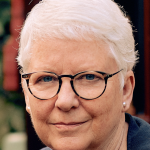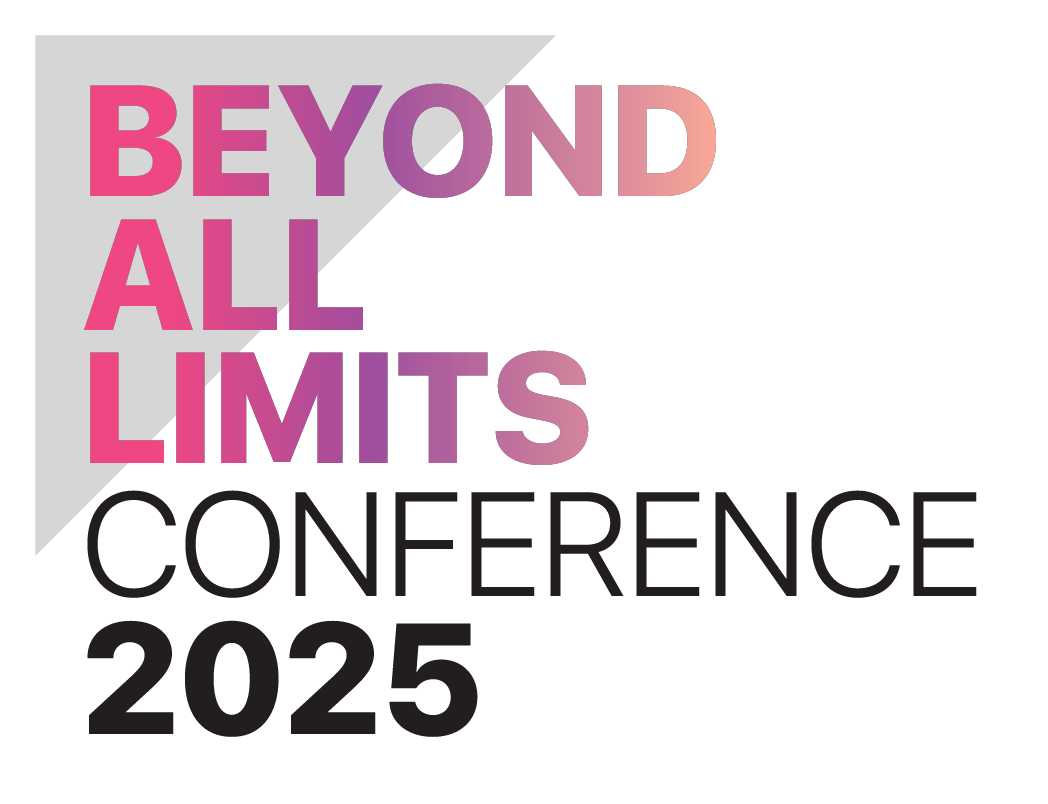
Prof. Dr.
Susan Roaf
Biography
Sue Roaf – B.A. Hons, A.A. Dipl., PhD, FRIAS is Emeritus Professor of Architectural Engineering at Heriot Watt University, Honorary Professor at Deakin University, Melbourne and at the University of Queensland and Honorary Doctor of Engineering at Southampton Solent University. An award winning author, architect, teacher and solar energy pioneer. She spent ten years in Iran and Iraq, on archaeological excavations, nomadic migrations, and researching desert technologies. Her 24 books include those on The Ice-houses of Britain, Ecohouse design, energy efficient buildings, adapting buildings and cities for climate change, sustainability indicators, adaptive and resilient thermal comfort, natural energy buildings and transforming markets in the built environment. She has organised many conferences including www.plea2017.net and www.icarb.org and led the Scottish Government programme on Adaptation in the Built Environment from 2010 to 2016. She now leads the Comfort at the Extremes movement (www.comfortattheextremes.com) working since 2019 in Antarctica looking at marginalised communities in heating Australia.
Talk Outline
Climate Safe Design in Natural Energy Buildings
News
Heriot-Watt University
The quiet revolution that began in an Oxford home

Prof. Dr.
Pieter de Wilde
Biography
Pieter de Wilde is a full professor at LTH in Sweden and visiting professor at Strathclyde in Scotland. He is Director-at-Large and vice-president of the International Building Performance Simulation Association (IBPSA), Associated Editor of Advanced Engineering Informatics, and member of the editorial board of Applied Energy, Energy and Buildings, the Journal of Building Performance Simulation, and Building Simulation Journal.
Pieter’s main research emphasis is on thermal building performance simulation, and its use in the building services and engineering community. He also has a track record in building performance monitoring in their actual day-to-day context which enables critical reflection on the validity of computational results, and their meaning in building operation and facility management practice. He has authored over 300 publications on various topics related to building performance, including the seminal academic book Building Performance Analysis which was published in 2018 by Wiley and which is the third book to be endorsed by IBPSA. He has been involved in the Beyond All Limits conference from its start, attending both BAL 2017 in Ankara and BAL 2022 in Caserta before joining BAL 2025.
Talk Outline
BIM 2 BEM: from Building Information Model to Building Energy Model
At BAL 2025, Pieter will speak about the long-standing challenges pertaining to the data exchange between building information models (BIM) and building energy models (BEM). His talk will be based on his long track record in this area, dating back to his postdoc work at GeorgiaTech with Godfried Augenbroe and Charles “Chuck” Eastman, and his more recent work on the subject in the context of the IEA Annex 91 ‘openBIM for energy efficient buildings’ and the Swedish oBtoB project (openBIM to BEM).
In the talk, Pieter will distinguish between some of the main approaches towards data exchange and will try to get across the main challenges that come with these approaches.
After this talk, it is hoped that the audience will have a better idea of a number of complex technical concepts such as IFC, interoperability, open and closed BIM, and some of the pitfalls that await when working with BIM and BEM.
